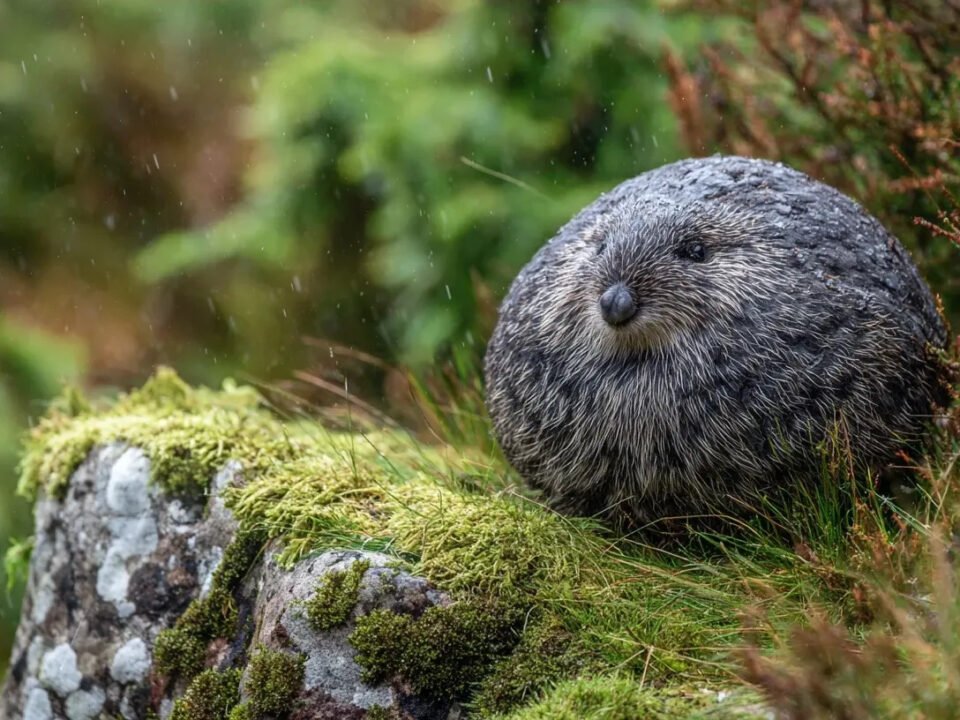Haggi planitia
Scientific name: Haggi Planitia farmus gramina, pratum
As the name suggests, this beautiful haggis is most common in the Scottish Lowland, though it can also be seen in the borders of england.
Species Information
Conservation status
Classed as Vulnerable on the Red List of Scottish Haggis (1970)
Adults from late November to early September
About
Residing in the sprawling expanses of the Lowlands, the Haggi Planitia farmus gramina, pratum has developed a series of remarkable characteristics that distinguish it from its Highland counterparts.
How to identify
Fur Texture and Coloration: This variant of the Haggis species boasts a sleek, streamlined fur texture, a feature that serves to reduce resistance as it navigates through the open meadows. The fur itself is a beautiful mosaic of earthy hues, ranging from subtle browns to muted greys, a color palette meticulously perfected over generations to provide the creature with exceptional camouflage. This adaptive coloration ensures that it blends seamlessly with the grasses and foliage of the Lowland terrain, rendering it nearly invisible to predators and providing it with a significant survival advantage.
Leg Structure and Locomotion: Another notable adaptation of the Haggis Planitia is its leg structure. Slightly longer and more slender than those of its Highland relatives, the legs of this species are ideally suited for covering extensive distances across the flat Lowland terrains with remarkable speed and efficiency. This ability to traverse large areas quickly not only aids in foraging and accessing resources but also plays a critical role in evading predators, ensuring the survival and prosperity of the species.
Eye Adaptations: While the description does not specifically mention eye adaptations for this Lowland variety, it can be inferred that the Haggis Planitia has evolved visual capabilities suited to its environment, with keen eyesight that helps it navigate the expansive and open meadows of the Lowlands.
Distribution
Common and widespread in the Scottish lowlands. Also found in significant numbers at two sites in the Scottish borders.






